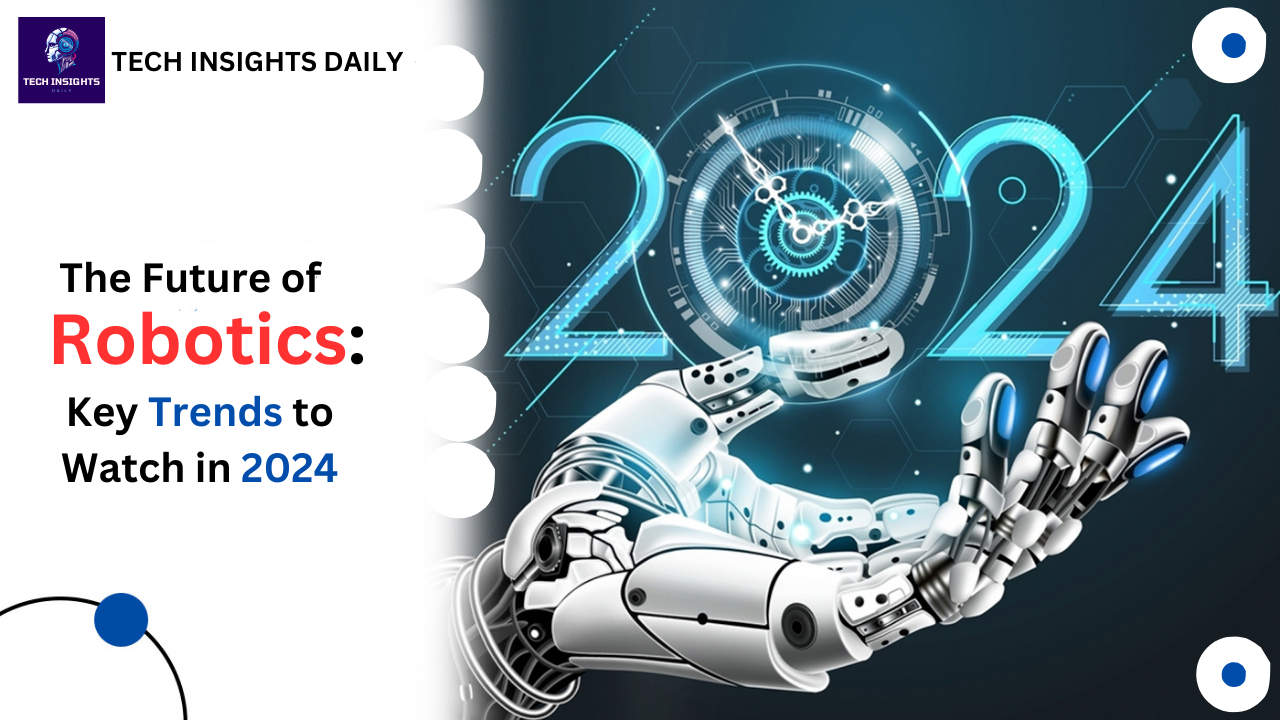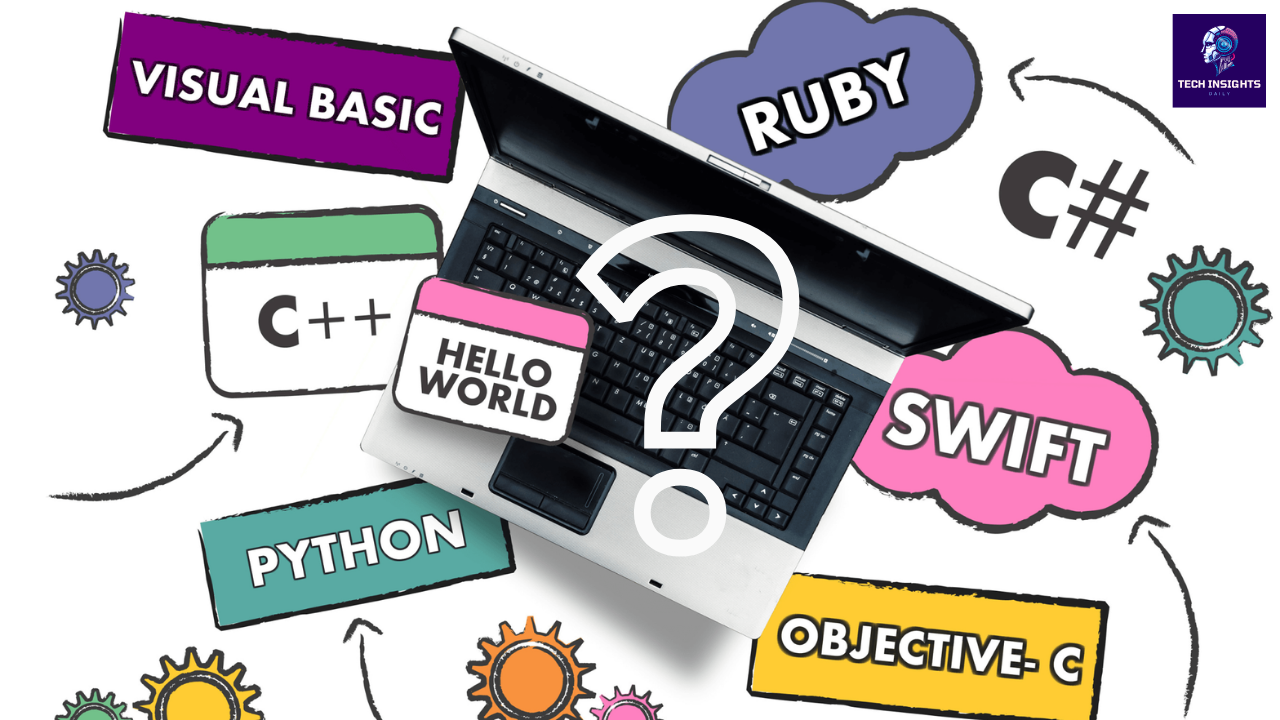Introduction
Retail is an industry that has been affect by the current progress in artificial intelligence (AI) that offer new solutions to problems faced by retail businesses that improve customer engagement, improve operational processes and increase sales. Enables from facing the individual customer and offering them a customized experience to back-end processes such as stock management, AI is making inroads into the retail industry. The purpose of this article is to look at the various uses of artificial intelligence in retail and the benefits of using the technology.
Personalized shopping experiences
AI helps retailers approach their customer\'s purchases by transform between the needs and wants of different clients. They can also analyze where a customer is coming from and what product they might be interested in and what message is likely to attract that customer. This realization makes customers happy and loyal to the firm. For example, AI can look at a user\'s history, analyze the products they have purchased and the products that user has searched for most often. It also increase his shopping experience and thus increases the likelihood of repurchasing the product.
Inventory management
It is no secret that speedy and proper handling of stock is one of the key factors for retail business. Application of AI-based systems can help in accurately forecasting demand, managing inventory and avoiding stock-out or out-of-stock circumstances. The case for inventory levels is that by inspect historical sales data combined with current and future market trends, AI enables retailers to properly stock their inventories. This helps companies support their popular products while also keep alway from stocking many less popular products. This enables retail stores to forecast regular demands from different clients based on the season, for example, the festive season.
Customer service
Users can interact with AI-powered chatbots and virtual assistants to get quick solutions to their queries and problems. They help improve customer relations by providing round-the-clock support and thus mitigate some human workforce. Self-service is also possible by answering multiple customer questions on products or orders through chatbots while case agents attend to more compound cases. This increases the quality of service delivery as response time is reduced and customers are happier as their needs are met as per their concern.
Fraud detection
It should be noted that AI algorithms are able to identify flase practices by comparing transaction figure within a given per-establish term. It helps retailers, avoid fraud incidents and keep their customer\'s details safe. For example, AI can climax shopping behavior that is out of the usual, for example, cases where a single person makes costly purchases in a short period of time, which may be deceptive. When these flaws are detected and corrected, retailers can benefit from increased customer confidence as well as reduced losses.
Visual search
Visual search technology enables users to search with an image rather of using words. With the help of AI, visual search engines can identify promote products in images and bring relevant search results that increase shopping use. For example, a customer can take a photo of a product they see they like and then search for similar products online. This can help customers easily find what they are looking for, thus leading them to purchase more products.
Supply chain optimization
AI in supply chain improves demand, supply chain management and supply costs. Supply chain management can also be improved through systems like AI by gathering information from various sources to increase product delivery. For example, with the help of AI, you can see that consumers in a certain region buy more food in the hot part of the year than in the cold season. It helps retailers better manage their stock management and supply chain planning thereby remove situations like out-of-stocks and over-stocking.
Dynamic pricing
Another feature where AI excel is in its ability to use active pricing models based on market conditions, competitor pricing and customers. This will enable retailers to change prices in real-time with the aim of generating profits and maintaining a fierce edge. For example, AI has the ability to track the prices of retail competitors, and make recommendations for exact price adjustments for a specific retailer. Another application of AI in the context of pricing is to analyze consumer demand to determine the most suitable price level for different products. It will ensure maximum returns.
In-store analytics
Intelligent systems for on-floor analytics by control aspects of customer, store space, and product place. This data is beneficial for retailers as they can use it to increase the efficiency of stores, and redesign shopping experiences according to customer needs. For example, it is possible to let AI track the number of customers who have entered a store and where they moved so that one can arrange the store and products suitably. This can help retailers increase the shopping environment and thereby increase their sales.
The result
AI is transforming the retail business, leading to the assuming of new technologies that help improve customer relationships, operations and revenue generation. Through the execution of AI technology, these retailers will be in a position to create a merciless advantage over their equivalent and meet current and future customer needs. Since the adoption of AI technology is still in its early stages, the use of AI in retail stores is poised for positive growth as retailers find ways and means to improve their operations to meet the evolving needs of their customers.











